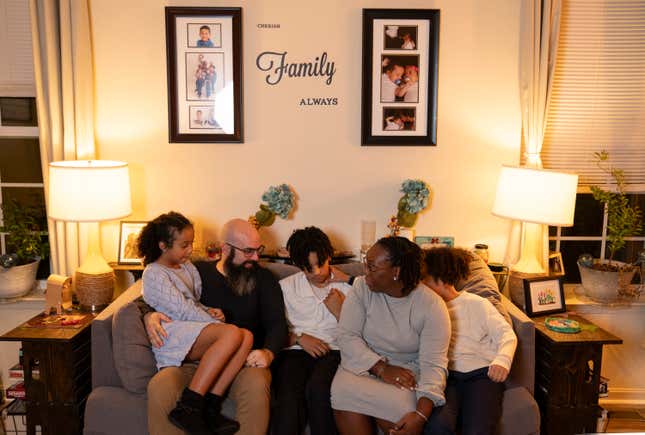
We can’t imagine anything creepier than a collection of hundreds of brains encased behind museum walls. But as it turns out, the story of how they got there is even sketchier.
A Washington Post investigation revealed that dozens of brains held by the Smithsonian were taken without their family’s knowledge, and what’s worse is the collector targeted vulnerable populations, specifically Black Washingtonians.
According to the Post’s investigation, of the 280 brains held by the Smithsonian, 74 were from people in the D.C. area. And 48 of the brains were from Black people. Many of those brains were from children and fetuses. Three of the brains were taken from people who died in the hospital.
Perhaps even darker than the fact that these brains were taken without the consent of the deceased or their families is what they were primarily used for at the time.
According to the Washington Post, the anthropologist who collected the brains was using them to study eugenics, a discredited racist pseudo-science. Ales Hrdlicka, who was known as the “bone doctor” at the Smithsonian during the early 1900s, wanted to compare the brains of different races as well as people with disabilities.
The investigation revealed that according to the Smithsonian’s records, only three of the 74 brains from D.C. locals were donated by the deceased or their families.
For the most part, the Smithsonian has not denied these allegations. The Smithsonian acknowledged their “dark” past. They also announced a new Human Remains Task Force in November with the goal of returning much of its collection of human remains to their rightful owners.
However, according to the Washington Post former employees said they encountered resistance to taking action on the remains. Some former employees said that anthropologists wanted to continue studying the remains, according to their reporting.
The overall project of connecting the deceased with their families is expected to be difficult because of how they were obtained. However, the Washington Post has created a database where users can comb through records of human remains held by the Smithsonian, and hopefully reconnect people with their loved ones and ancestors.

